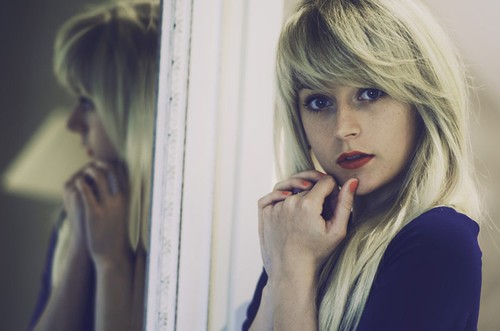Table of Contents
How to Use Outdoor Natural Light Photography
Top light time:
The sun forms an angle of 60° to 90° with the ground, which is the moment when the sun is on top at noon. At this time, the sunlight is almost vertical, the light is stiff and dry, and the contrast between the light and dark of the scene is great.
Generally speaking, it is not appropriate to take pictures of people at this time. Because the top light is not conducive to the performance of the image. If you shoot landscapes, due to the large contrast, the air perspective effect is not good, the scenery is not moist, and the picture level is not rich. Therefore, people often say that top light is the dead time of photography. However, some people use the strong contrast of the top light to describe the resolute character of the characters, and take a typical portrait photo with a slightly tilted angle.
Skylight photography time:
Before dawn and sunrise and after sunset at dusk, this period is the time for skylight photography. At this time, there is no direct sunlight on the ground, the sky at sunrise or sunset is very bright, and the ground scene is illuminated by sky light. This light condition is not suitable for portraits, landscapes, etc. You can use the brightness contrast between the ground scene and the sky to shoot silhouettes.
Dusk is also a great time to take night shots. Because the sky still has a certain brightness at this time, it can lightly outline the outline of the ground scene. The night scene shot in this way has a more realistic atmosphere. In addition, the sky lighting, the color temperature is high, the color film environment is blue, and the warm-toned lighting can present a cold and warm night scene effect.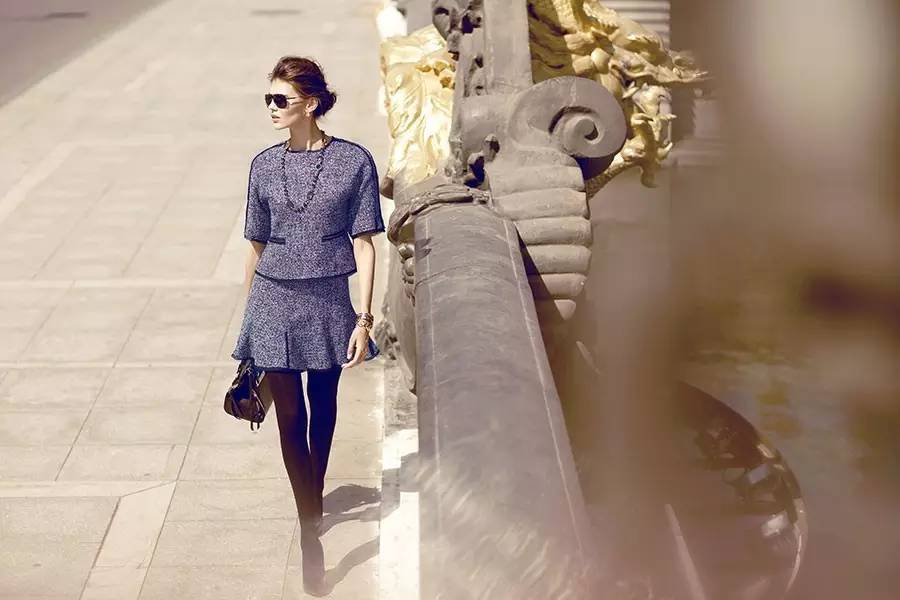
How to Use Moonlight Photography
For photographers, the use of moonlight photography is very tempting.
Using moonlight photography, it is best to photograph the scene under the moonlight and the moon together to fully express the scenery of the moonlit night.
To take such pictures, it is very difficult to do with ordinary shooting methods. Because the brightness of the moonlight is very low, it is necessary to expose the moonscape for a long time. And the brightness of the moon and the scenery is very different. So it is impossible to use the same exposure.
In addition, the height and position of the moon can sometimes be difficult to arrange with the terrestrial scene. Barely make do, it is difficult to get a harmonious picture composition. Therefore, when shooting moonscapes, two exposures are generally used. The specific methods are as follows:
Filming angle
First, mount the camera on a tripod and choose a shooting angle. The scene under the moon is carefully arranged in the picture. And the position of the moon is reserved for the first exposure. Then, use the retake device on the camera to set the shutter while the film is still. And let the moon be exposed at the reserved position.
If you want to take a bigger picture of the moon, you can change to a telephoto lens when shooting the moon. This not only solves the contradiction of different exposure time, but also can place the moon in the ideal position. The moon can also be photographed larger. Thereby it reduces the spatial distance between the moon and the scene, giving people an artistic feeling.
If your camera doesn’t have a retake unit (also known as a multiple exposure unit), you can capture the moon and moonlight on two separate pieces of film. Then stacking the two negatives together and zooming in can also make the photo achieve the same effect.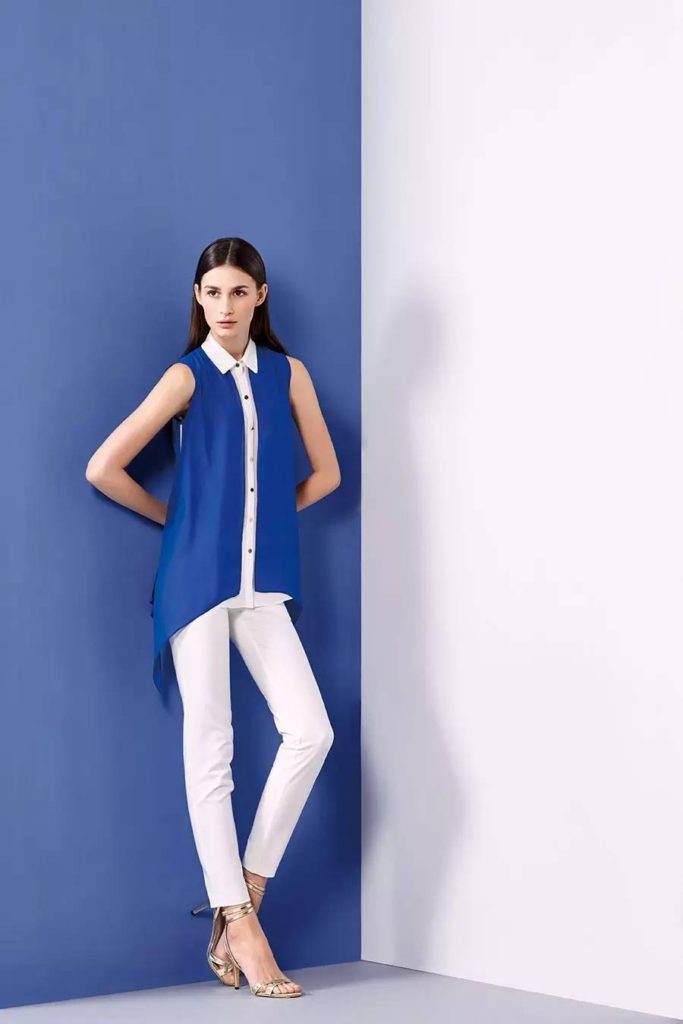
Correct exposure
Correct exposure is important when shooting moonlit night scenes. However, it is difficult to measure the brightness of the scene under the moonlight with a light meter. And only through experiments can obtain a more accurate exposure. Here is a reference data that can be used as a starting point for the experiment. That is, it is set to use GB21° film. And when shooting the scene under the moonlight, use the aperture of f4 and expose for about 100 seconds. When shooting the moon, you can use an aperture of f8 and expose at a shutter speed of 1/250 sec or V125 sec. What is the effect? Give it a try.
When shooting the moonscape with color film, you can choose the light type film, the color of the shot is bluish. That can better render the atmosphere of the moonscape.
How to Take Pictures Under Natural Light in the Factory Floor
The problems encountered in taking pictures in the production workshop are that the brightness of the scene is low and the contrast is high. Second, the production machine vibrates greatly. The third is that the operation of workers is sometimes faster. According to these characteristics, it should be done from the following aspects.
- In terms of light usage, although the workshop is illuminated by scattered light, there is no obvious projection. However, from the position of the skylight in the workshop and the bright side of the scene, it is still possible to distinguish the front light and the back light from the dark side. In order to prevent the picture from being dull and dull, it is advisable to use side lighting or side backlighting.
- When using side light or side backlight, the lighting on the machine or other light sources can be used as auxiliary lighting. However, the intensity of the auxiliary light cannot exceed the intensity of the original natural light.
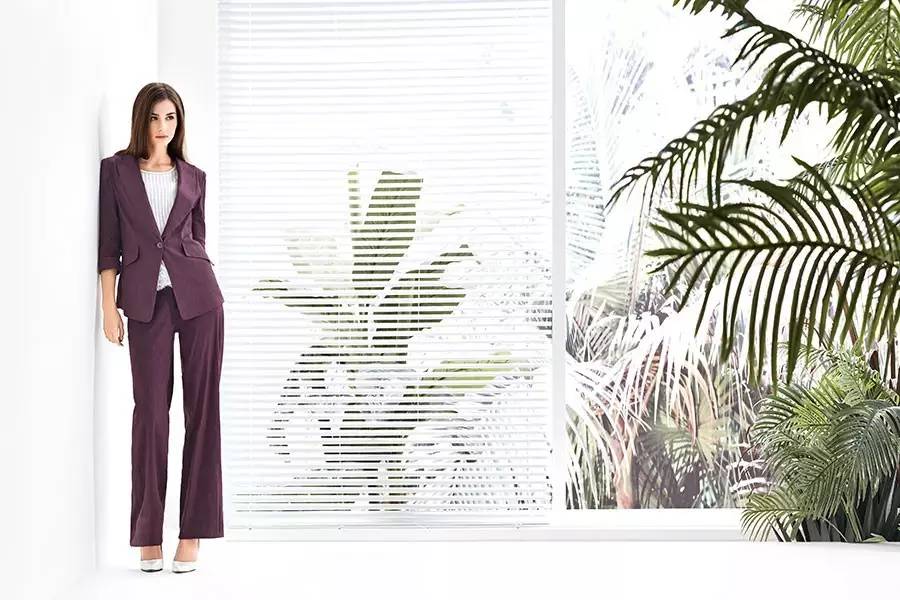
- In the case of insufficient exposure, a large aperture should be used to obtain a higher shutter speed.
- When the aperture is large and the depth of field is small, you can use the top-view angle to shoot. Or increase the shooting distance to increase the clear range of the picture.
- If the depth of field is small, focus on the subject in the medium and close-up shots.
- When the worker moves too fast, he should take the action as if it is slow or at the moment of pause when changing the action.
- If the vibration of the workshop machine is large, it is not appropriate to use a tripod to fix the camera. But try to increase the shutter speed and shoot with a handheld camera.
How to Use Coating Light
What is coating light
When shooting still lifes and flowers in a very dark or completely dark environment, especially when shooting large objects such as machinery and equipment, grotto Buddha statues, etc., apply coating light. This simplifies lighting fixtures and achieves ideal lighting effects.
The so-called coating light is a light source that only uses artificial light (an ordinary electric lamp, a strong iodine-tungsten lamp, or a candle with a very weak light). And the position of the light source is moved and the lighting angle is changed during the slow exposure process. And use light to coat and illuminate the photographed object.
How to use coating light correctly
The operation method and required requirements for coating light are:
1. Lighting scheme
Use a light to illuminate the subject and carefully consider the framing angle. Mount the camera on a tripod and fix the shooting position. Then conceive the overall lighting effect (including lighting angle, light ratio, tone, etc.), and determine the lighting scheme.
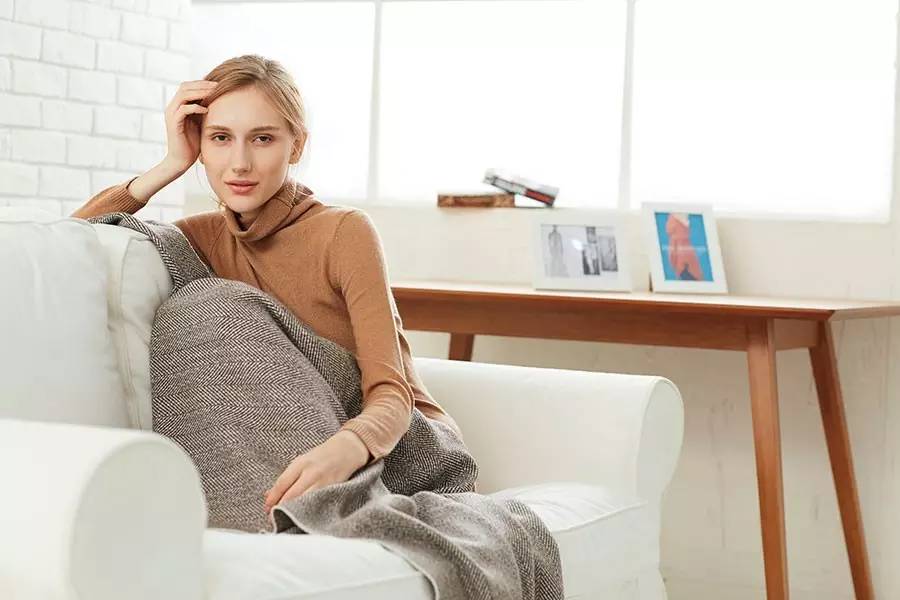
2. Experimental Coating Illumination
Carry out trial lighting and trial coating according to the light usage concept. So as to further determine or correct the light usage plan. At the same time, measure and remember the amount of exposure that should be given to each part of the subject.
3. Use the shutter release
Open the camera B door with the release cable and lock it. Appropriately close the aperture to lengthen the entire exposure process time. So that the coating light can be easily carried out.
Since the bulb is opened for exposure, the illumination time of the light source at a certain position is the exposure time. Therefore, whether the exposure amount is more or less, and the light ratio is large or small, it is all about mastering the long or short lighting time.
4. Control the brightness and darkness of the background
The subject is in a dark space and can be shot with a black background. If the subject is in front of a white wall or lined with white paper, after coating the subject with light, and then specifically lighting the white wall or white paper, you can shoot with a white background. According to this, according to the depth of the color of the subject itself, combined with the corresponding background, it can be shot into a low-key effect dominated by black or a high-key effect dominated by white.
5. Eliminate shadows
When applying light, if there is a bad projection on the background, or if the concave part of the subject itself is required to show obvious internal details, it can be specially coated with fill light to eliminate the projection. Or make the concave part have proper lighting.
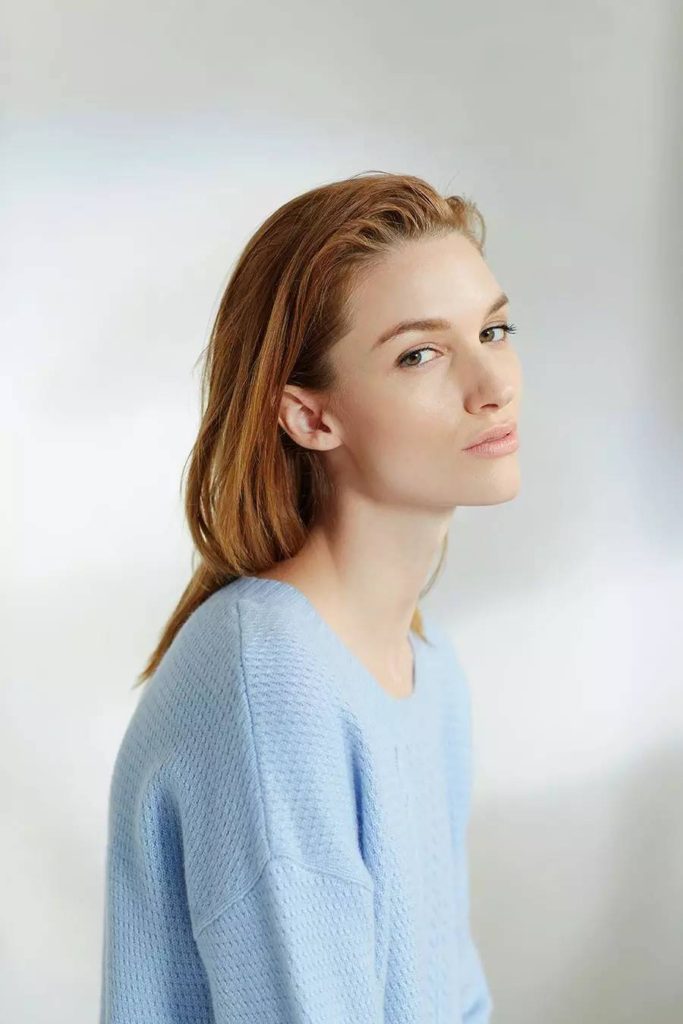
6. Avoid direct exposure to the lens
When the position of the light source is changed by applying the coating light, the light can be temporarily extinguished according to the specific situation, or the light source can be coated while moving the light source. But in any case, you must pay attention at all times. And you must not let the light hit the lens directly, otherwise it will fall short.
